The ongoing cost of living crisis has caused many to tighten their belts and limit their heating usage.
The extraordinary rises in energy costs in 2022 meant many became acutely aware of how much heat was escaping through their walls or windows leading to a cold and not so cosy home.
However, it doesn’t have to be that way and a few simple changes could make your home cosier and save you money in the process.
Retrofitting has been a growing trend and is set to take off in 2023 as homeowners look to make changes that will save them money and also help combat climate change.
Retrofitting is the process whereby a singular, or number of improvements, are carried out on an existing property in order to improve its energy efficiency. Such improvements can have a colossal impact, for example on a properties ability to retain heat, and therefore the dreaded figure shown on your energy bill.
Improving the energy efficiency of your property can also have a positive impact on the value of your property, by increasing its Energy Performance Certificate rating.
Here are three ideas to spark your retrofitting imaginations - though it is important to discuss and plan thoroughly the changes you wish to make with a qualified professional.
Wrap your home - One way you can improve your property’s energy efficiency this year is by installing retrofit wall, floor, and roof insulation. This involves the use of insulating materials to increase the airtightness of a space and subsequently slowing the transfer of heat. Helping to keep heat within your home, such work ultimately better protects those snug inside from outside icy breezes and reduces the need for you to turn up the thermostat.
There are various available insulation methods to consider and whilst the initial work comes with a price, the overall benefits of improved energy efficiency and reduced heating costs often outweigh the initial financial hit. We would recommend that you have your property first surveyed by a qualified surveyor, discuss your options, and have any work installed by a licensed professional.
Tackle draught - We have all heard someone at some point ask for a door to be closed because there’s a draught. Unfortunately, it’s not that simple, often draughts coming into our house through tiny gaps. As well as being uncomfortable, draughts increase your bills and waste energy. There are however some cheap and easy steps you can take to better draught-proof your home. Fabric draught excluders, available at many highs street home stores for example can help stop cold air from creeping through gaps at the bottom of interior doors. Similarly, you can instal a pivoting cover over door key holes. These small simple measures to tackle cold draughts can collectively have a significant impact. Also, by closing the doors on rooms not in use could keep the cold air for creeping through.
Swap your appliances - Finally, an obvious but often overlooked way to retrofit your property is by replacing appliances with energy efficient alternatives. Even though it’s habitual for many of us to switch off a light after using it, LED lightbulbs can further reduce your homes energy usage and energy efficiency. While it might not be cost effective to replace all the technology and appliances in the home, when time comes to replace things, such as a laundry machine, do your market research first and look for the product with the highest energy efficiency rating, newer appliances will make better use of energy and save you money in the long run. Smart plugs are also a trendy new gadget that you can use to switch off connected appliances through your phone and a few fingertip taps. Costing as little as £20, this latest technology could work wonders, especially for those of us living busy, on-the-go lives or are purely forgetful.
* Ben Thomas is deputy chief executive at Mortgage Advice Bureau *
Want to comment on this story? Our focus is on providing a platform for you to share your insights and views and we welcome contributions.
If any post is considered to victimise, harass, degrade or intimidate an individual or group of individuals, then the post may be deleted and the individual immediately banned from posting in future.
Please help us by reporting comments you consider to be unduly offensive so we can review and take action if necessary. Thank you.



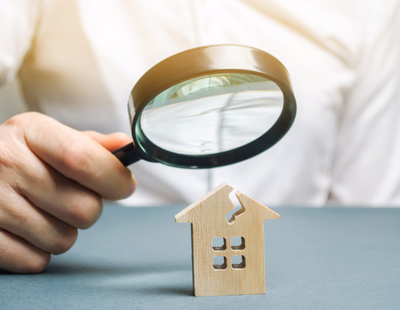
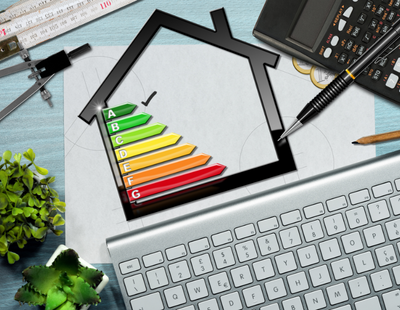
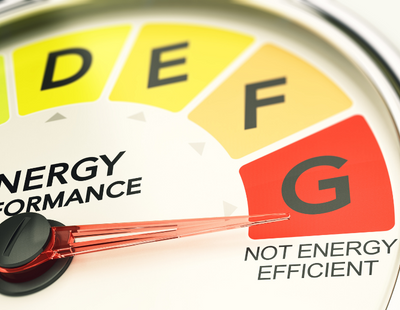
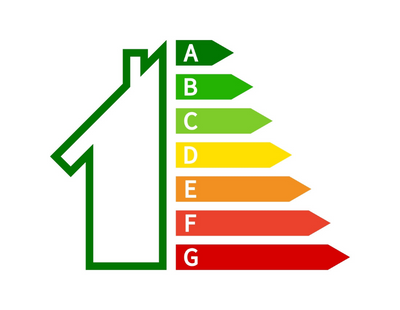





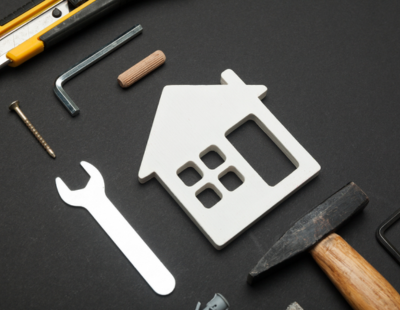

.jpg)
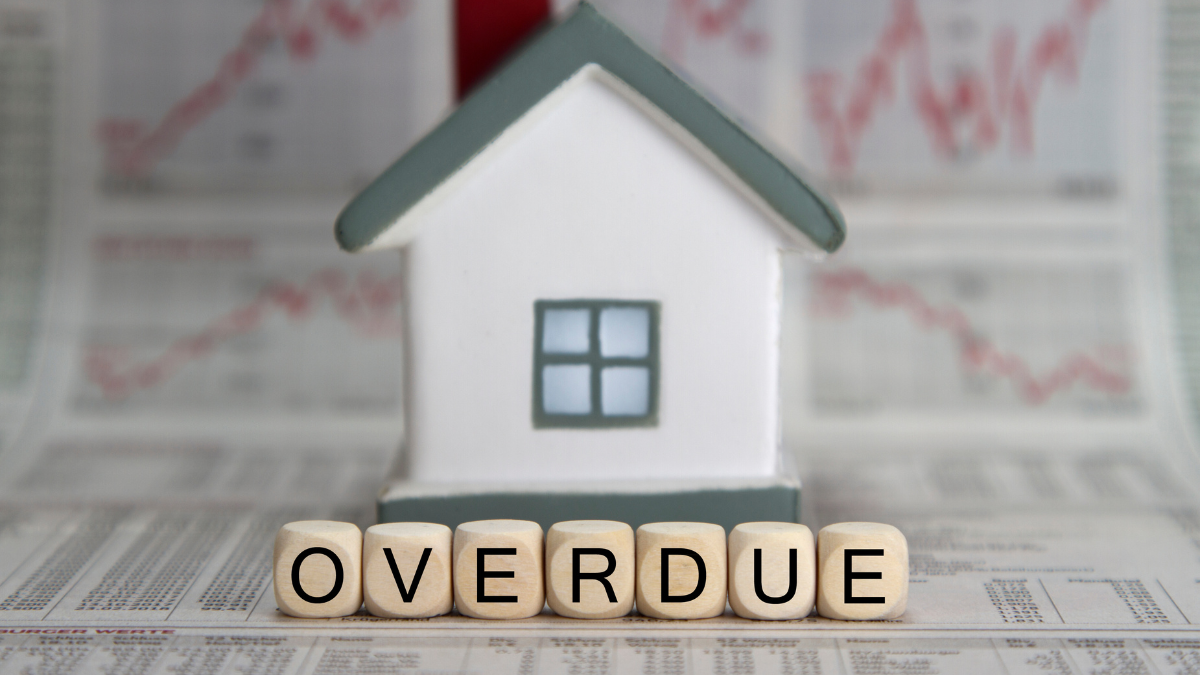



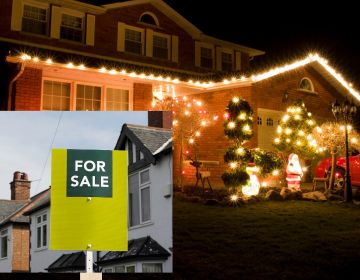




%20(002).png)




.png)





Join the conversation
Jump to latest comment and add your reply
Retrofitting an older property, seal it up and add all that insulation, keep all that damp warm air in, then watch the black mould grow, these so called ''experts'' are dangerous
Right now the tax situation simply isn't conducive to making retro improvements.
Most energy saving measures will be classed as a Capital improvement and therefore not tax deductible unless you ever sell the property. As none of us know when we are going to die there is absolutely no certainty we will ever sell so it is best to assume we are footing the bill. Some of these improvements cost £'000s just so the tenant might save a relatively small amount on their utility bills. Then again they might not. I'm just off to see a tenant who is having a panic attack about a gas bill she doesn't understand. She had a bill for £200 at the end of December and now has another bill for £300 just for gas (which she is assuming is for 2 weeks use). The house is modern, well insulated, mid terrace, has solar panels and an EPC B89.
😂😂 not a chance 💵💵 as said above it makes no sense, I am selling up.
Retrofit your home that’s a great idea. Oh one problem the Authorities and the Taxman have taken the money you could have done it with.
Well said.
Please login to comment